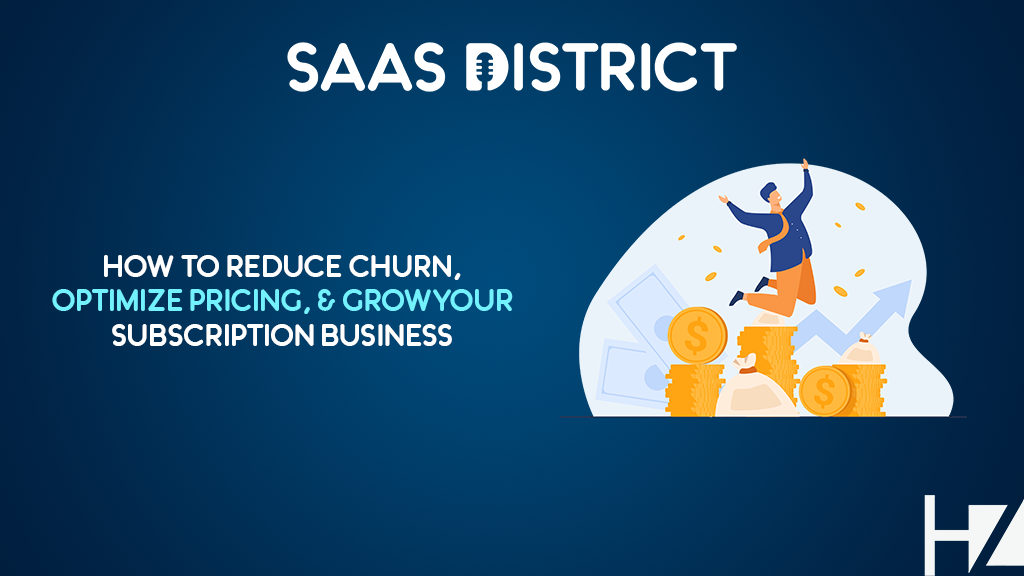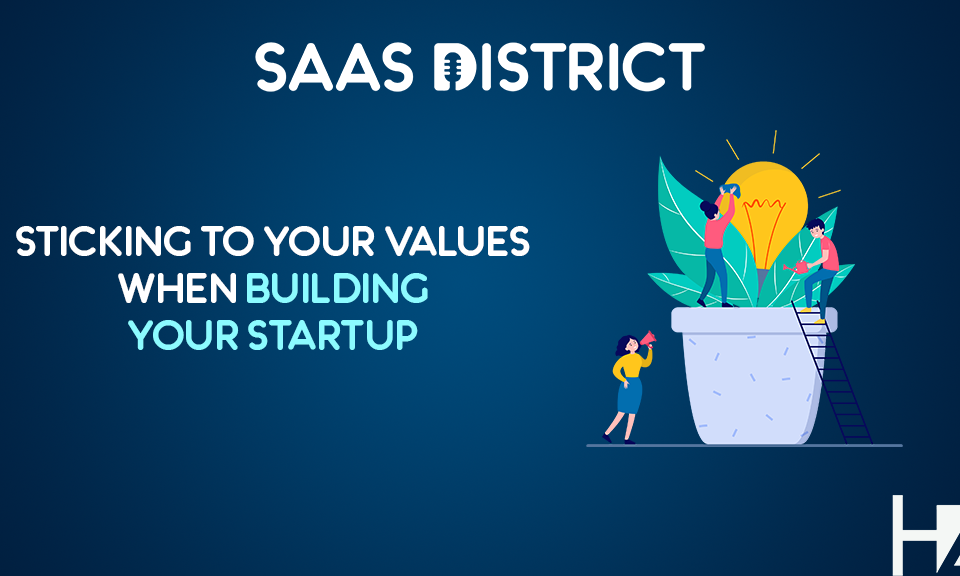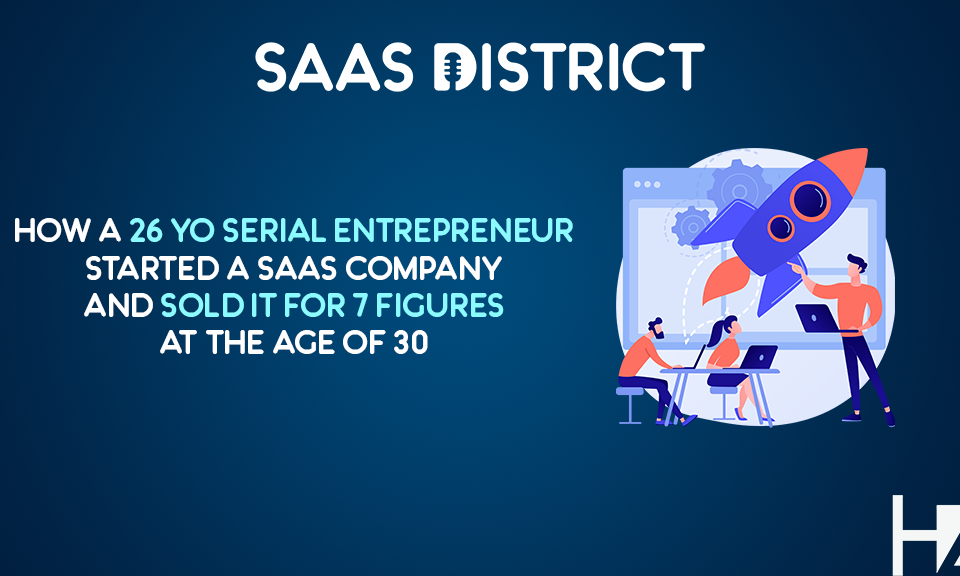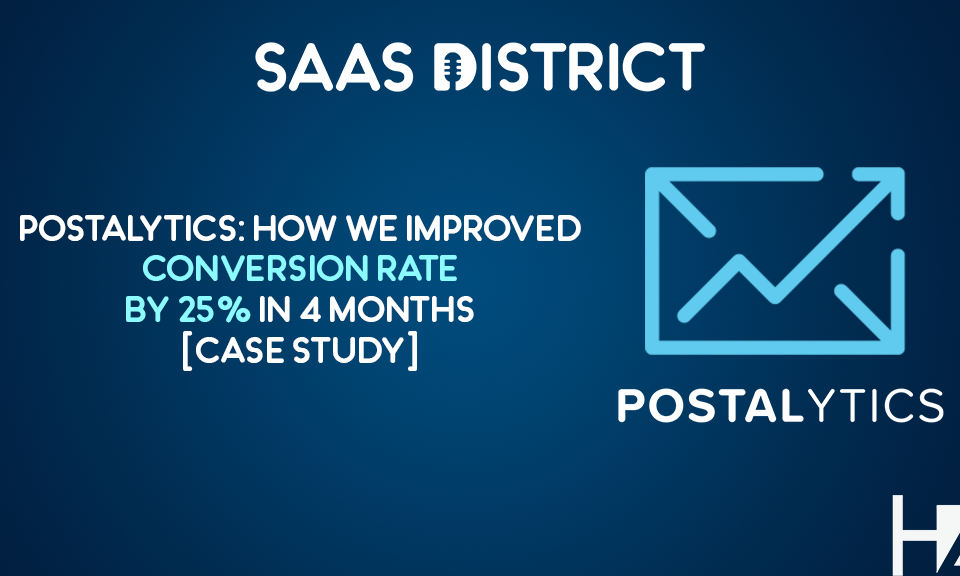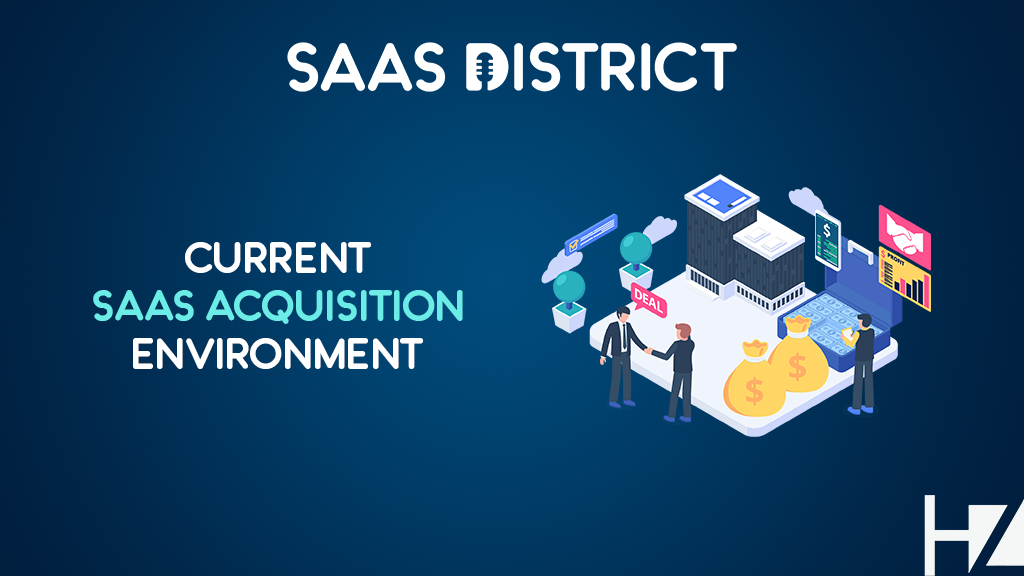
Expert Revealed: The Current SaaS Exit and Acquisition Environment
03/09/2021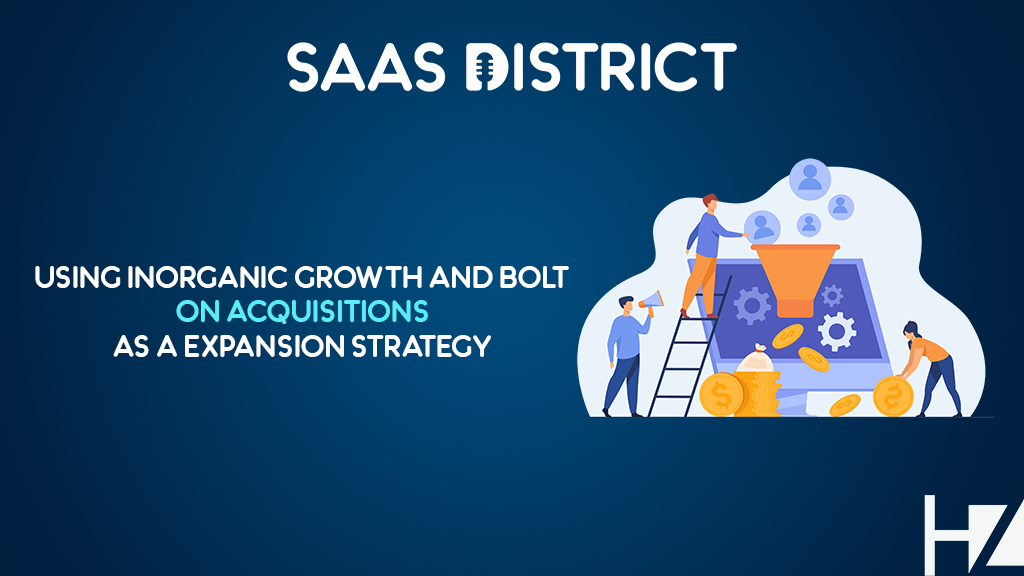
Growth Through Acquisitions As An Expansion Strategy: Ackroo Learnings
03/29/2021Patrick is the CEO of ProfitWell, a software solution for subscription model companies. With their monetization and retention strategies, they provide free turnkey subscription financial metrics for over eight thousand successful companies and help SaaS companies reduce churn.

How To Reduce Churn By Up To 40% From Your Mechanical Churn?
The thing to realize with churn is that you have two major categories of churn. One category is what I like to call strategic churn, which is essentially the churn that has to do with your product. There’s really no tactic to fix this churn. It’s about 60 to 80% of your churn, depending on the type of business that you’re in, and how sophisticated your product team has been.
This is the stuff that involves building the right features, finding the right type of customer, all these things that you got to do research, and you got to do. It’s not difficult to work, but it is work to kind of figure out and, kind of vector over time to reduce churn as much as possible.
But I think that what’s really kind of fascinating is that there’s a 40%, or down to about 20%, depending on the business, of churn that I like to call mechanical churn. This is churn that people don’t optimize because they don’t spend enough time on retention or pricing, just in general, they’re spending all their time acquiring customers, which obviously is something important. But, that mechanical churn is actually super solvable.

These are things like credit card and payment failures. 20 to 40% of managing your churn right now is credit card to payment failures, like it’s that high. I mean, these are people where yes, there’s a certain portion of them, this is their excuse to leave you in the first place. But you should be recovering 60 to 80% of those people who have their credit card failed, and you’re only recovering probably 20 to 30%, depending on the type of vertical you’re in.
So that’s a huge piece of it to reduce churn and it doesn’t take a ton of work. But it’s one of those things where if you put even the basics in, you can chip away at that problem and reduce your churn overall. Another thing is term optimization. What really frustrates me sometimes is a lot of B2B companies, the only time they asked me to get on an annual plan, or quarterly or six-month plan is when I sign up, which is before I’ve even used the product, therefore, I don’t even know if I want this on a quarterly, a six month or annual basis.
So you have to target those people, you should do this algorithmically. But really, it’s people between two months and nine months of using your product, all things being equal, that you should go out to them and say: “Hey, you can get a free month for basically an annual plan” or “Hey, here’s this offer that you can get for that annual plan.”
Th other aspect of Mechanical Churn is your off boarding. A lot of people don’t realize that once someone clicks that Cancel button, there’s a lot of things you can do to prevent that cancellation.
Of course, a lot of people who hit that button are going to end up cancelling. But there’s a good 10 to 25% of those, who with the right salvage offer: “Hey, we’ll give you an extra month to stick around and fall in love with us.” you can use some cheeky copy, or just like “hey, like you put that you didn’t, you weren’t able to get ahold of someone and that’s why you’re churning? Well, here’s a little like Calendly schedule where you can actually schedule time with someone to talk to them.”
So there’s just a lot of things you can do for that 20 to 40% of mechanical churn that I think not enough people are doing. And I think it’s because they’re only focused on the strategic churn when obviously, the mechanical stuff is a lot easier to solve, then, what’s the right product? Who’s the right customer?
Should You Go Up Market With Your SaaS to Reduce Churn?
Traditionally, it’s all trade-offs, right? I think that when you do go up market, you have a higher-priced product or a longer sales cycle, traditionally, your churn is not as bad because you have higher CAC, and you have a salesperson who’s talking them through everything.

Maybe you’re only selling annual plans: that’s what HubSpot did, and your churn is better when you only have annual plans than if you have monthly fees, right? So I think that it’s one of those things where going up market certainly can help you reduce churn.
But it might also open up a whole host of other problems. Because all of a sudden, it’s about building a sales team. Yeah, there’s a lot of people who have done it, but it’s not easy. It’s not something that’s terribly hard. It just takes a lot of work.
I think that what I fear sometimes with people who go up market to reduce churn, rather than people who start up market, which is a good number of people, is that those people who kind of go up market to hide churn, they ultimately like “the chicken comes home to roost” as they say at some point because they’re going to have to solve that churn at some point.
Your sales team can only help you so much, but that strategic churn, it comes down to you needing to know the right customer and you go to get the right product. You got to get the right onboard, you got to do a lot of these things, that if you’re not spending a good amount of time doing, there’s no amount of tactics going to solve for it.
How Does Pricing Affect How the Customer Perceives the Service or Product?
I think that it’s much more complicated than most people think. What I mean by that is, your price, $10, $100, whatever it is, that is only one piece of your monetization. If you really think about your business, and doesn’t matter what you’re selling, everything you’re doing is basically driving someone to a point of conversion or justifying the product or the price that you’re offering them.
So things like your value propositions and positioning affect the perception of the willingness to pay off your product, who you’re targeting, that’s also perception. I can target someone with a luxury product, who is just never going to purchase that product.
It doesn’t mean they magically have the willingness to pay that I want them to have right. Obviously, the features, functionality, how you structure it? Are you charging per usage? Are you charging per user? These types of things. So, what I like to say with monetization is that in the early days, the actual number is not that important.
Figure it out, are you a $10 product, $100 product, $1,000 product, that’s important. But all that other stuff is a lot more important to basically nail because that’s the stuff that’s going to get the right customer, with the right product, at the right price.
Should You Price Your Plan As ARR or Would you Suggest Them To go Back to MRR?
If you are a company as large as HubSpot, you’re gonna report ARR. That’s just kind of how it works. They might report on some level internally about MRR when they’re looking at new products that they’re launching. But typically, when you look at something like MRR versus ARR, you can still report ARR even though you only charge monthly.
Now you have to factor in churn and it gets a little more complicated and all these other things. But I think it’s one of those things where it’s more important to just stick with how you want to report. Now should HubSpot offer up monthly products? That’s a bigger question. And I think that for some of their products, yes. But for other products, no, because if you think about the time to value if I’m setting up their entire marketing suite, it’s a lot to set up.

I might not actually publish something for 45 days, or I might not send an email for 45 days, because I got to get everything set up and I got to get permissions. Whereas some of their sales products, like the Time to Value is like a day, not even right? I just want to send sequences or I just want to do something simple.
So I think it just really depends on the time to value of your product and the annual plans that they’re selling for their marketing product. I think that’s really important. Because again, they need those first three months for someone to actually get set up, and then the next nine months for them to see how valuable it is so that they renew on an ongoing basis.
In summary, knowing how to reduce churn for your SaaS company is manageable if you know here to focus tour time and effort. Make it a priority for every team member to manage your churn as that’s one of the most important factors when determining the SaaS company’s valuation and get the highest possible exit.
